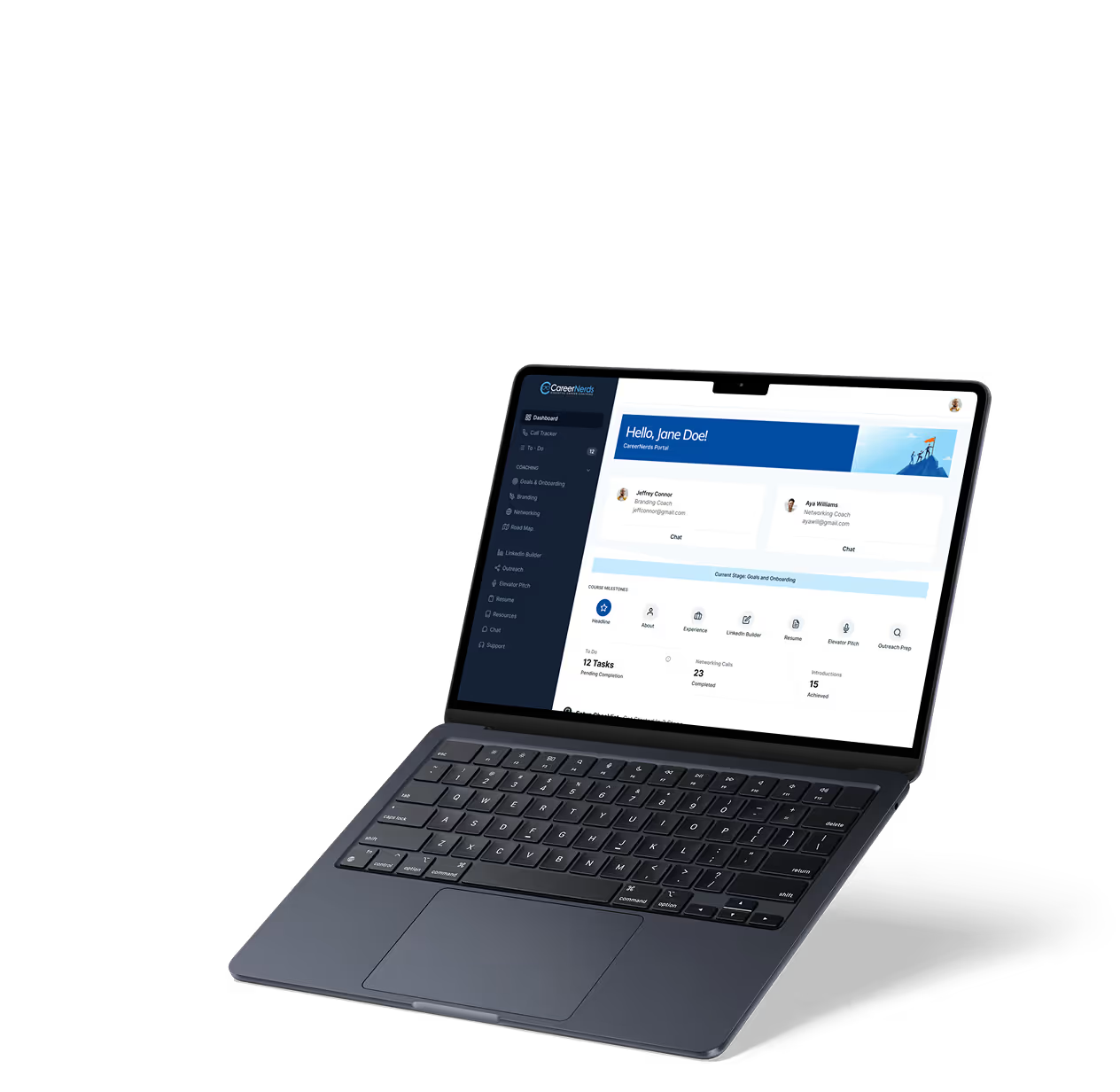Burn Down Chart in Agile Product Management
Product Management
Learn how burn down charts help track progress and improve delivery in Agile product management.
Introduction to Burn Down Charts in Agile
If you work in Agile product management, you might have heard about burn down charts. These charts are simple but powerful tools that help teams track their progress during a sprint or project. They show how much work remains and how quickly the team is moving toward their goal.
Understanding burn down charts can improve your planning and delivery. In this article, you will learn what burn down charts are, how to read them, and how to use them effectively in Agile product management.
What Is a Burn Down Chart?
A burn down chart is a visual graph that shows the amount of work left to do versus time. It usually tracks tasks, story points, or hours remaining in a sprint or project. The chart helps teams see if they are on track to finish their work on time.
The horizontal axis represents time, often days in a sprint. The vertical axis shows the remaining work. As the team completes tasks, the line on the chart moves down, ideally reaching zero by the sprint's end.
- Work Remaining: Tasks or story points left to complete.
- Time: Days or weeks in the sprint or project.
- Ideal Line: A straight line showing perfect progress.
- Actual Line: The real progress made by the team.
How to Read a Burn Down Chart
Reading a burn down chart is straightforward. You compare the actual progress line to the ideal line. If the actual line is above the ideal, the team is behind schedule. If it is below, the team is ahead.
Look for trends in the chart. A flat line means no work was completed that day. A steep drop means a lot of work finished quickly. These insights help you understand team performance and spot problems early.
- Above Ideal Line: Risk of not finishing on time.
- Below Ideal Line: Ahead of schedule.
- Flat Line: No progress made.
- Steep Drop: Rapid completion of tasks.
Benefits of Using Burn Down Charts in Agile
Burn down charts offer many benefits for Agile teams and product managers. They provide clear visibility into progress and help keep everyone aligned on goals.
Some key benefits include:
- Transparency: Everyone sees the current status of work.
- Early Problem Detection: Spot delays or blockers quickly.
- Improved Planning: Adjust scope or resources based on progress.
- Motivation: Visual progress can boost team morale.
- Better Communication: Facilitates discussions during daily stand-ups.
How to Create a Burn Down Chart
Creating a burn down chart is simple and can be done using tools like Jira, Azure DevOps, or even Excel. Here’s how you can create one:
- Step 1: Define the total work for the sprint (story points or tasks).
- Step 2: Set the sprint duration on the time axis.
- Step 3: Track daily progress by updating remaining work.
- Step 4: Plot the ideal line from total work to zero over time.
- Step 5: Plot the actual remaining work each day.
Many Agile tools automate this process. For example, Jira generates burn down charts automatically based on sprint data, saving time and reducing errors.
Common Challenges and How to Overcome Them
While burn down charts are useful, teams sometimes face challenges using them effectively. Here are common issues and tips to fix them:
- Inaccurate Estimates: Use historical data and team input to improve story point accuracy.
- Not Updating Daily: Make updating the chart part of daily stand-ups.
- Ignoring the Chart: Encourage team members to review and discuss the chart regularly.
- Scope Changes: Adjust the chart when scope changes to keep it relevant.
By addressing these challenges, you can make burn down charts a reliable tool for your Agile process.
Real-World Examples of Burn Down Charts
Many companies use burn down charts to manage Agile projects. For example, a software startup using Jira tracks sprint progress daily. The product manager reviews the burn down chart in stand-ups to identify delays and reassign tasks.
Another example is a no-code app development team using Bubble and Zapier. They create manual burn down charts in Google Sheets to track feature completion and automate updates with Zapier integrations.
These examples show how burn down charts fit different team sizes and tools, helping improve delivery predictability.
Conclusion
Burn down charts are essential tools in Agile product management. They provide a clear, visual way to track progress and spot issues early. By understanding and using burn down charts, you can improve your team’s focus and delivery.
Whether you use automated tools like Jira or manual methods, the key is to keep the chart updated and use it to guide your daily work. This simple practice can make a big difference in your Agile success.
FAQs
What does a burn down chart show in Agile?
How do you read a burn down chart?
What are common challenges with burn down charts?
Which tools can create burn down charts automatically?
How do burn down charts benefit Agile teams?
Can burn down charts be used outside software development?
Related Terms
See our numbers
315+
entrepreneurs and businesses trust LowCode Agency
Investing in custom business software pays off
he team at LowCode Agency didn't just build an app, they transformed how we approach client management. They took the time to understand our methodology and created a solution that enhanced rather than replaced what made us successful.
75%
reduction in time spent on client management through automation
40%
increase in coach productivity within the first month

Tom Kent
,
Founder & CEO
Career Nerds



%20(Custom).avif)